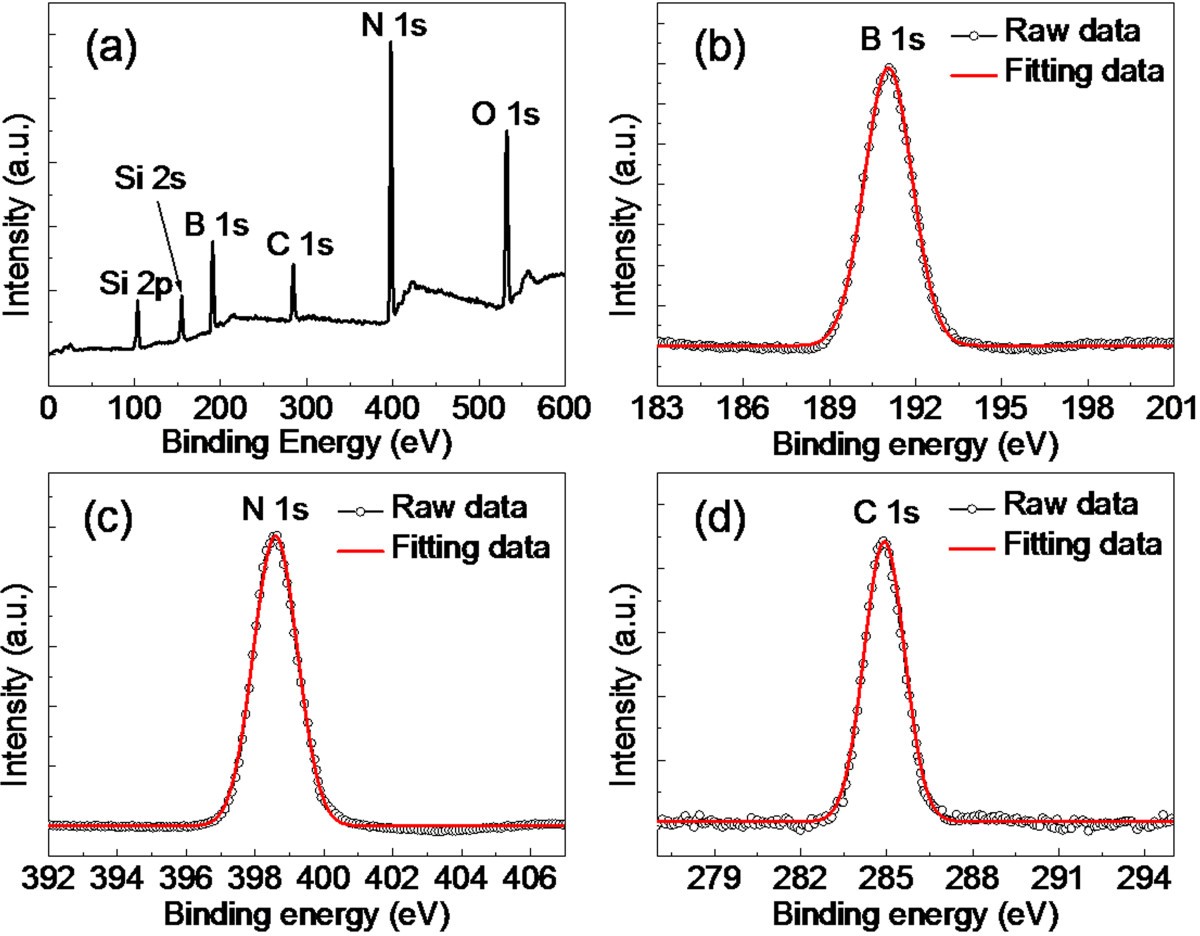

High-resolution XPS can reveal the characteristic energy loss structure due to interband transition and plasmon excitation of the valence electrons on the lower kinetic energy side of core lines. The long-range Coulomb interactions bring about interband transitions and plasma excitations. During the approach of a excited electron to the solid surface, the Coulomb field accompanied with the moving electron interacts with the electrons of the solid via long-range dipole fields. XPS is suitable to examine the electronic structure of the filled levels and dielectric response of a solid. To our knowledge, this report is the first one to elucidate the experimental energy loss functions of LiTaO 3 and LiNbO 3 using a first-principles computation of dielectric functions. Previously reported electron energy loss functions measured by both electron energy loss spectroscopy (EELS) 5 and X-ray photoemission spectroscopy (XPS) 1,6,9 were predicted by experimental optical energy loss function. The peaks at 22.6 eV for LiTaO 3 and 21.8 eV for LiNbO 3 were ascribed to the electron excitation from the O 2s level to the lower conduction band.Īside from technological efforts in thin film applications to develop piezoelectric, pyroelectric, electro-optic and nonlinear optical devices, the electronic structure and dielectric functions of lithium tantalate (LiTaO 3) and lithium niobate (LiNbO 3) are of fundamental interests, though a few study 1-4 for LiTaO 3 and several studys 1-9 for LiNbO 3 were available in limited energy range.

The experimental peaks positioned at 8.0, 13.4 and 15.8 eV for LiTaO 3 and those at 7.0, 12.0 and 14.5 eV for LiNbO 3 were assigned to the interband transitions from the valence band to the conduction bands. The theoretical electron energy loss functions agreed fairly well with experimental one. The momentum matrix elements between Bloch functions were evaluated to determine the electron energy loss functions. For LiNbO 3 those positioned at 7.0, 12.0, 14.5 and 21.8 eV. For LiTaO 3 the peaks positioned at 8.0, 13.4, 15.8 and 22.6 eV. The energy loss structure of core electrons can be approximated by a sum of four components. We report experimental energy loss structures in x-ray photoemission spectra of single crystalline LiTaO 3 and LiNbO 3, and then compare these with theoretical electron energy loss functions calculated from first principles using the full-potential linearized augmented plane wave method in the local density approximation. National Institute for Research in Inorganic Materials, Tsukuba, Ibaraki 305, Japan Masao Arai, Hideki Yoshikawa and Sei Fukushima Kyusyu Institute of Technology, Faculty of Engineering, Department of Materials Science, Tobata, Kita-kyusyu 804, Japan and National Institute for Research in Inorganic Materials, Tsukuba, Ibaraki 305, Japan Electron energy loss function of LiTaO 3 and LiNbO 3 by x-ray photoemission spectroscopy: Theory and experiment


 0 kommentar(er)
0 kommentar(er)
